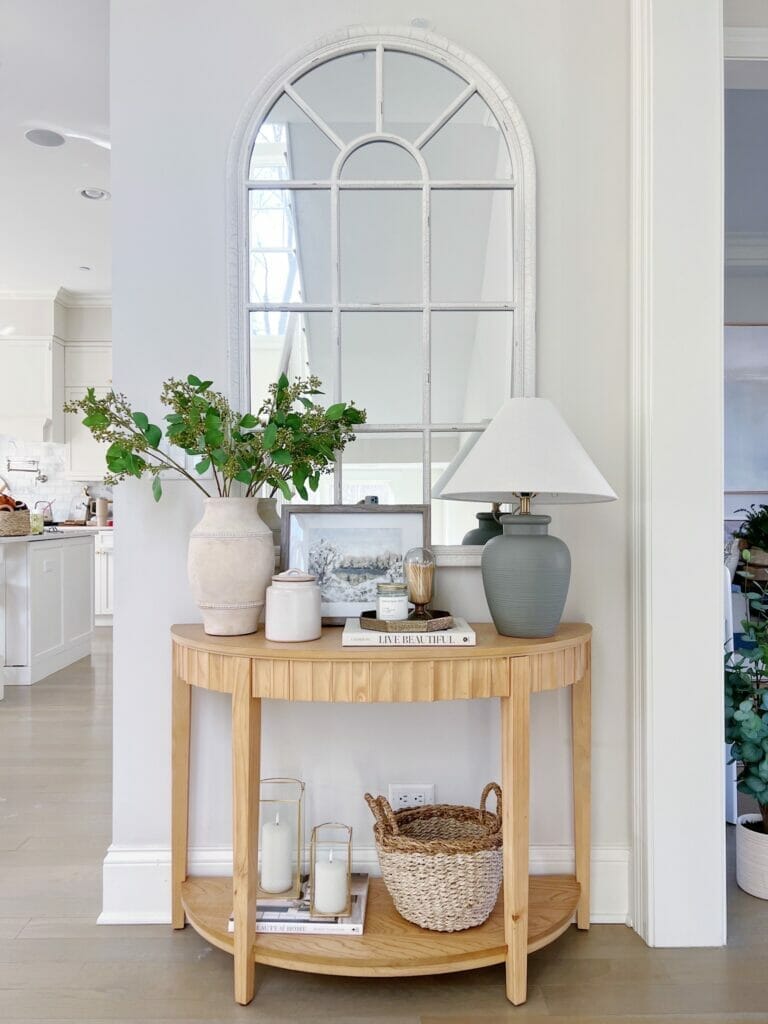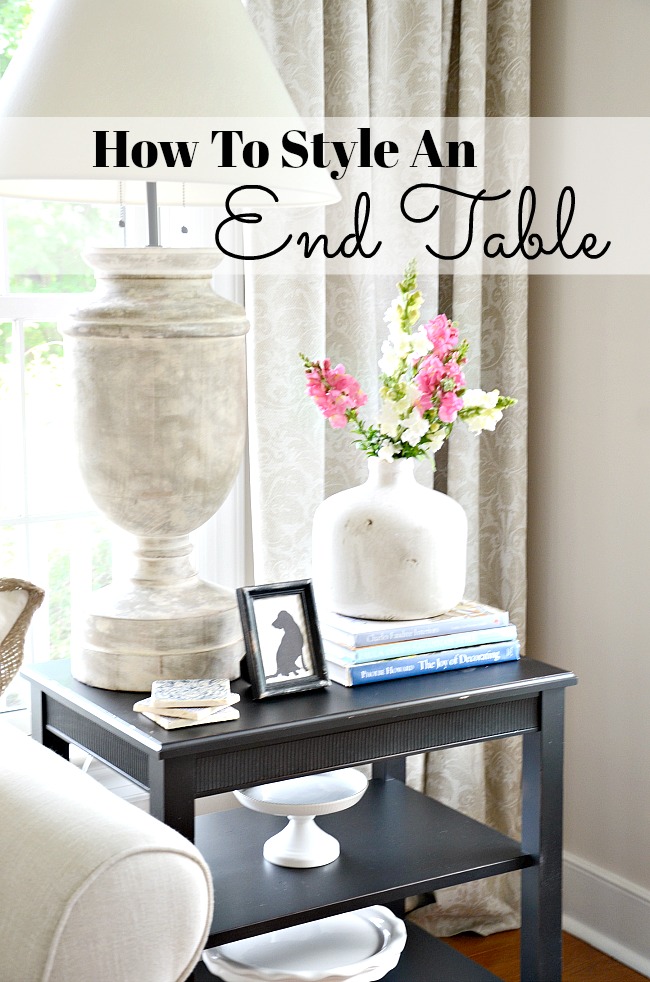Decorating a side table can transform a simple room into a charming and inviting space. Whether it’s a nightstand in your bedroom, an end table in your living room, or a console in your hallway, the right decor can add personality and flair. In this guide, we will delve into effective strategies for styling a side table while sharing my personal experiences and insights.
Understanding the Importance of a Side Table
A side table is not just a piece of furniture; it’s an opportunity to showcase your style and creativity. It plays a functional role in your space by providing a surface for essentials like lamps, books, or decorative items. However, it also serves a decorative purpose, contributing to the overall aesthetic of a room.
Why Style Matters
- Enhances Aesthetic: A well-styled side table can elevate the look of your room.
- Showcases Personality: Your choice of decor reflects your personal style.
- Functional Space: It provides easy access to items you use frequently.
Common Uses for Side Tables
Before diving into the decoration tips, let’s look at some common uses for side tables.
- Bedside Table: Holds lamps, alarm clocks, or books.
- Living Room End Table: Perfect for drinks, coasters, or magazines.
- Entryway Console: Organizes keys, mail, and decorative items.

How to Choose the Right Side Table
The first step in decorating a side table is to select the right piece that complements your space. Here are some factors to consider:

Size and Scale
Ensure the side table is proportionate to your sofa or bed. A table that is too tall or too short can disrupt the visual flow of the room.
Material and Finish
Consider the materials of your side table. Wood, metal, glass, and acrylic all provide different vibes. Choose a finish that matches your existing decor.

Style and Shape
Think about the style of your room. Is it modern, traditional, or eclectic? The shape of the table (round, square, or rectangular) should also fit well in the space.
Creative Ideas for Side Table Decoration

Now that you have the right side table, let’s explore creative ways to decorate it!
Layering Textures
Incorporate various textures to add depth. For example, mix wood, metal, and glass elements. Here’s how you can layer textures:

| Texture | Example |
|---|---|
| Wood | A rustic wooden table with a woven basket. |
| Metal | A metallic lamp paired with a glass vase. |
| Fabric | A soft fabric runner under decor items. |
Incorporating Personal Items
Adding personal touches makes the table feel more like home. Display family photos, travel souvenirs, or favorite books. This personal connection creates a narrative around your side table.

Choosing the Right Accessories
The accessories you choose will significantly impact the overall look. Here are some essential accessories:
- Lighting: A stylish lamp or a cluster of candles adds warmth and ambiance.
- Books: Stack some of your favorite reads for a touch of sophistication.
- Plants: Indoor plants like succulents or small ferns bring life to the decor.
- Artistic Touches: Add a decorative bowl or sculptural piece for visual interest.
Color Coordination
Select a color palette that matches your room’s theme. You can go for monochromatic tones for a modern look or vibrant colors for an eclectic style. Consider using a color wheel to choose complementary colors.
Creating Levels with Stacking
Use stacks of books or boxes to create varying heights. This adds dimension and prevents the table from looking flat.
Functional Decor: Balancing Beauty and Utility
While aesthetics are important, remember that side tables should also be functional. Here are some tips on achieving a balance:
Utilitarian Design Elements
Incorporate items that serve a dual purpose, such as:
- Storage Baskets: Use decorative baskets to hide away clutter.
- Multi-Functional Furniture: Consider side tables with built-in storage or trays.
Pros and Cons of Different Styles
Pros of Decorative Side Tables
- Enhances overall room decor.
- Provides additional storage solutions.
- Can reflect personal style and interests.
Cons of Decorative Side Tables
- Can become cluttered if not managed.
- Too many decorative items can overwhelm the space.
- May distract from other focal points in the room.
Seasonal Decorations: Refreshing Your Side Table
Switching out decorations seasonally can keep your side table looking fresh. Here are some ideas:
Spring and Summer
- Use bright colors and floral arrangements.
- Add lightweight fabrics like linen or cotton.
Fall and Winter
- Incorporate warm tones and cozy textures.
- Use candles and festive decor for holidays.
FAQs: Side Table Decoration
How do I choose items to put on my side table?
Choose a mix of functional items and decorative pieces. Aim for a balance between visual appeal and practicality.
Can I use a side table for storage?
Absolutely! Look for side tables with drawers or shelves, or integrate stylish baskets to store items.
What are some common mistakes in decorating a side table?
- Overcrowding the table with too many items.
- Neglecting to consider the room’s color palette.
- Forgetting about scale and proportion.
How often should I redecorate my side table?
Consider refreshing your side table decor seasonally or whenever you feel your space needs a change. This keeps your design feeling dynamic and engaging.
Conclusion: Personal Touches Matter
Decorating a side table is a beautiful opportunity to express your style and add character to your space. Remember to balance aesthetics with functionality and allow your personal experiences and taste to guide you. As you embark on your side table decorating journey, don’t be afraid to experiment and evolve your decor over time. Enjoy creating a charming focal point in your home!